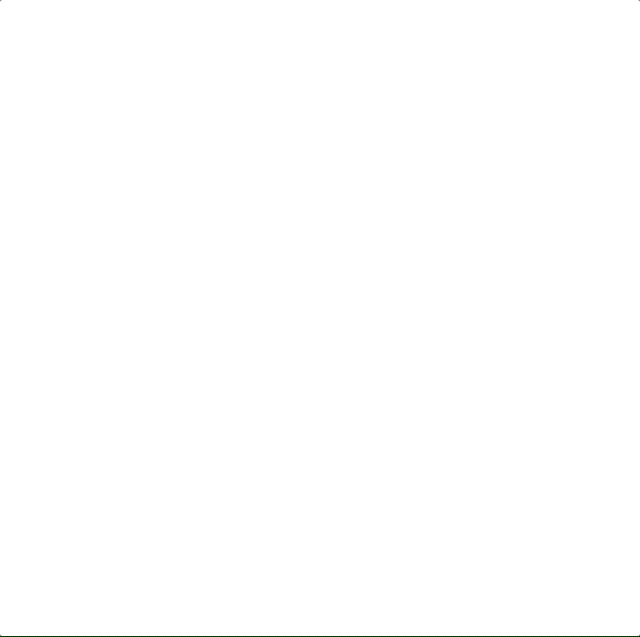react-happy-place-canvas v1.0.2
react-happy-place-canvas

A canvas showing friends strewn equally along a circle that either attract or repel each other drawing themselves and their connections while getting closer to a happy place.
The method for showing flocking personalities through friends and non-friends was created by Jared Tarbell on his complexification site
Installation
This is a ReactJS component available through the npm registry.
Installation is done using the
npm install command:
$ npm install react-happy-place-canvasHow to Use
To simply add the happy place canvas on to the page import it and include it into the container. The styling must be manually applied through your CSS environment, there is no styling added on to the page from the react-happy-place-canvas.
import React from 'react';
import HappyPlaceCanvas from 'react-happy-place-canvas';
const App = () => {
return (
<HappyPlaceCanvas />
);
};
export default App;Color
The root color of the friends and their painters. The painters are the lines attached to their position, drawing themselves on to the canvas.
const App = () => {
...
return (
<HappyPlaceCanvas
color="#e58017" />
);
...
};Friend Count
How many friends will be be on the canvas, the more friends the more processing your fan will run.
const App = () => {
...
return (
<HappyPlaceCanvas
friendCount={70} />
);
...
};Painter Count
How many painters are associated with a friend. Adds more lines to a friend in a wider pattern.
const App = () => {
...
return (
<HappyPlaceCanvas
painterCount={3} />
);
...
};Friction
The multiplier over time applied to the speed of the friends. The lower the number the slower the friends will become.
const App = () => {
...
return (
<HappyPlaceCanvas
friction={0.3} />
);
...
};